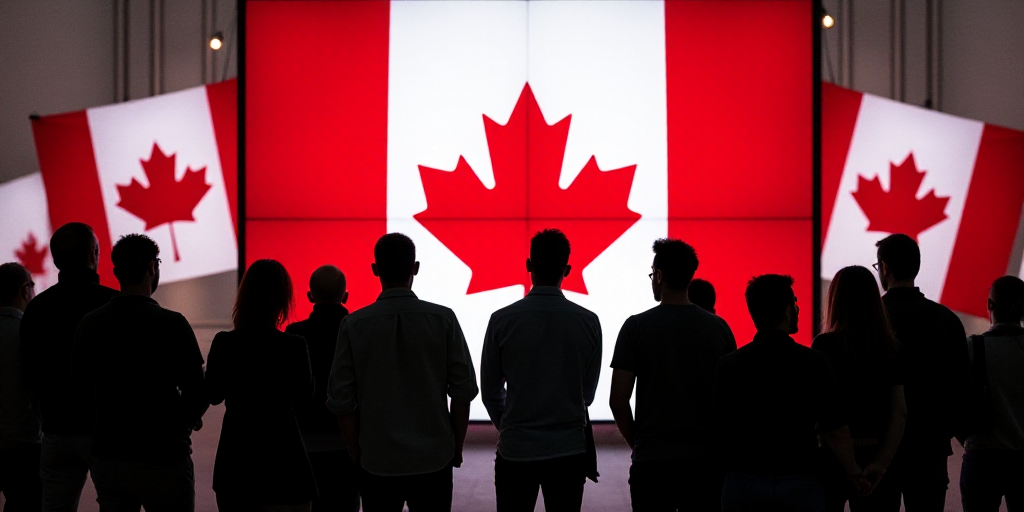Background on Key Players and Their Relevance
Marcelo Ebrard, Mexico’s Secretary of Economy, announced that Mexico and Canada will evaluate their common goals in bilateral relations within the next three months. This development comes as both nations are the primary trading partners of the United States, and all three countries have scheduled their first sexennial review of the T-MEC (United States-Mexico-Canada Agreement) for July 1, 2026.
Mexico and Canada’s Trade Significance
In 2024, Mexico became the top trading partner of the United States, with a total trade value of $946 billion (exports of $561 billion and imports of $385 billion). Meanwhile, Canada’s trade with the U.S. amounted to $918 billion, with exports of $477 billion and imports of $441 billion.
Mexico is Canada’s largest market in Latin America and the Caribbean, accounting for 43.6% of Canada’s exports to the region in 2024. In their bilateral trade, Mexico ranked as Canada’s third-largest source of product imports (behind the U.S. and China) with $34.29 billion, a 3% decrease from the previous year.
Conversely, Canada was Mexico’s fifth-largest export destination (below the U.S., China, the U.K., and Japan) with $6.278 billion in exports, also experiencing a 3% annual decline.
Trade Trends and Challenges
Canada observed a significant drop in exports of agricultural, fishery, and processed food products to Mexico (-32.2%) due to reduced exports of canola and wheat. Additionally, there were decreases in Canadian exports to Mexico of forest products and construction and packaging materials (-14.2%), mainly due to lower paper product and aircraft parts and equipment exports (-17.7%).
These declines were partially offset by an increase in machinery, equipment, and industrial parts exports (+16.6%).
Allies in Washington
The Canadian Prime Minister Mark Carney’s visit to Mexico occurs just months before the formal T-MEC review process begins, with both nations having potential allies in the U.S. Congress, according to the Mexican Institute for Competitiveness (Imco).
Under the U.S. Constitution, while the Executive can negotiate international treaties, trade authority lies with Congress. For the U.S. Executive to engage in trade negotiations without legislative interference, it requires explicit authorization known as Trade Promotion Authority (TPA), which delegates trade regulation powers from Congress to the federal Executive.
Imco noted that Mexico and Canada have potential allies in states highly linked to foreign trade, such as agricultural states in the U.S. midwest (the “corn belt”) and automotive industry-related states in the Midwest and South.
Key Questions and Answers
- What is the T-MEC? The T-MEC (United States-Mexico-Canada Agreement) is a free trade agreement between the three North American countries, replacing the North American Free Trade Agreement (NAFTA).
- Why is the review of T-MEC important? The sexennial review allows the countries to assess the agreement’s effectiveness, address challenges, and make necessary adjustments for continued mutual benefit.
- What are the trade dynamics between Mexico, Canada, and the U.S.? Mexico is the primary trading partner of the U.S., while Canada ranks third for Mexican imports. Both countries have experienced trade growth, but certain sectors face challenges.
- What are the trade trends observed in Mexico and Canada? There has been a decline in Canadian exports of agricultural, fishery, and processed food products to Mexico. Additionally, forest products and construction materials exports from Canada to Mexico have also decreased.
- What role do U.S. Congress and allies play in the T-MEC review process? The U.S. Congress holds trade authority, and Mexico and Canada have potential allies in states closely tied to foreign trade. These allies can support the countries during the T-MEC review process.






